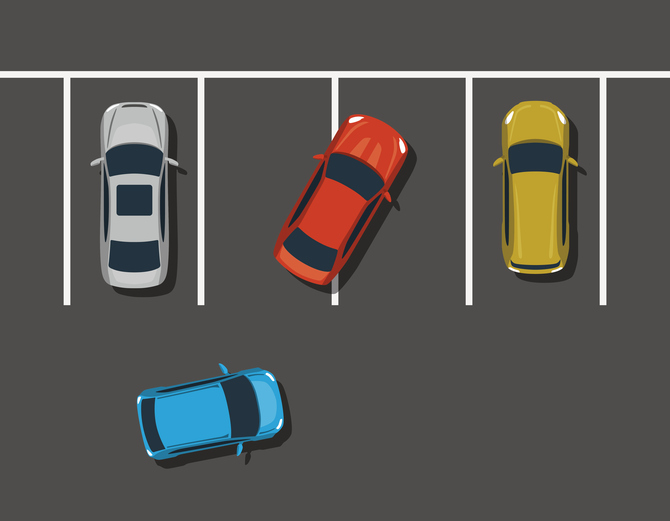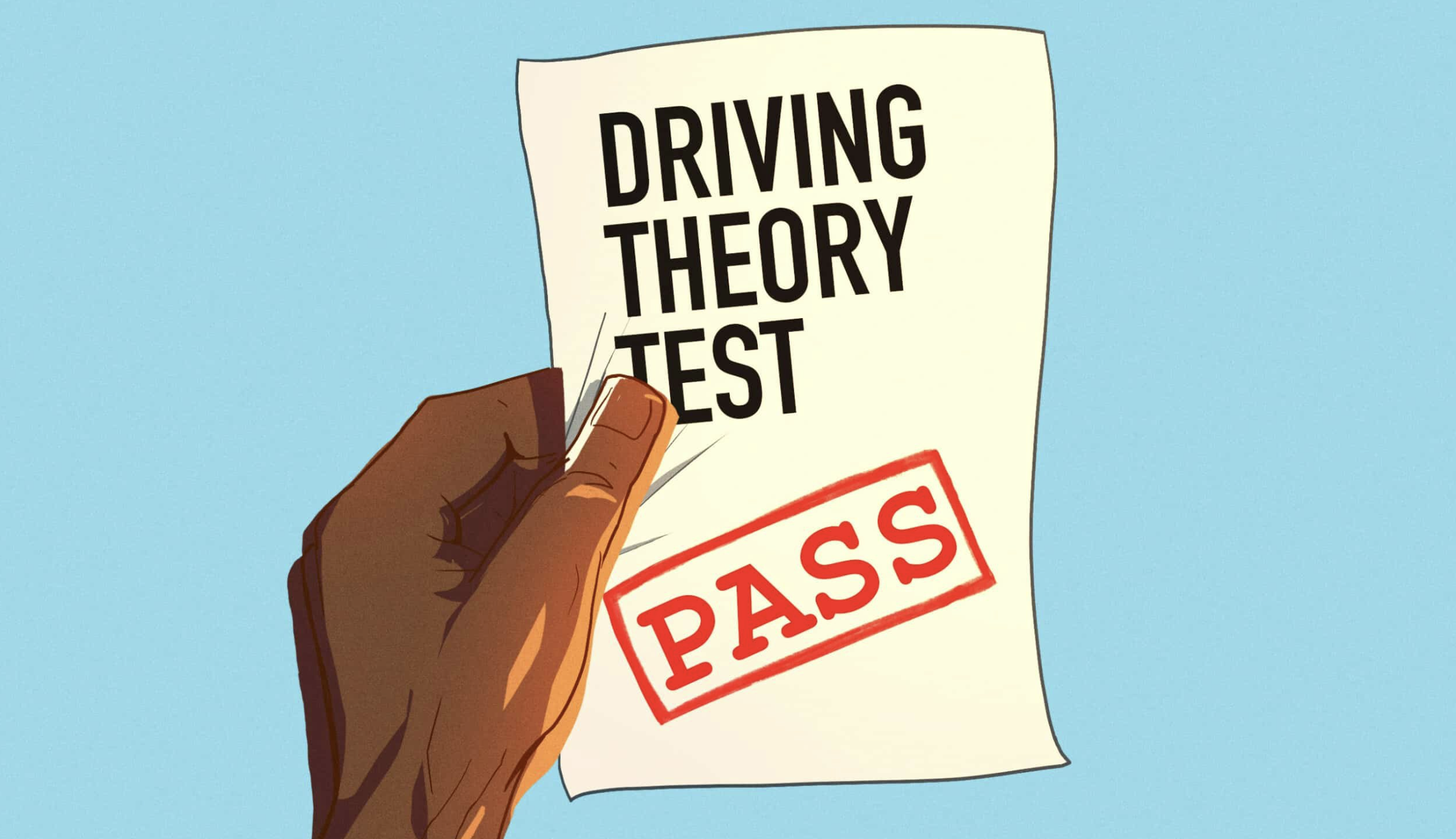How to Pass the UK Driving Test: A Comprehensive Guide

Understanding the expectations of your driving test is crucial to passing. From moving away from the curb to managing complex junctions and following road signs, preparation is key.
Summary
- Moving Away from the Side of the Road
- Basic Junctions
- Understanding Road Signs and Rules
- Handling Zebra Crossings
- Dual Carriageways and Speed Limits
- Hill Starts and Emergency Stops
- Dealing with Stalling
- Reversing Exercises
- Roundabouts and Lane Management
- Country Roads and Fast Roads
- Using Sat Nav and Road Signs
- Beckoning Pedestrians
- Pass the theory test
Photo by Elliot Kwan on Unsplash
Passing the UK driving test is a significant milestone for anyone learning to drive. Understanding what examiners look for can make a substantial difference in your performance on test day. In this blog post, we will break down the essential elements of the driving test, from moving away from the side of the road to navigating various road conditions. Let’s dive in!
Moving Away from the Side of the Road
The first task in your driving test is often moving away from the side of the road. Contrary to popular belief, you don’t need to check every possible mirror and blind spot before setting off. Instead, use your mirrors to assess the situation quickly. If there are no vehicles behind you, a quick glance at the blind spot is sufficient before you move off.
If there are oncoming cars or pedestrians, signaling your intent to move away is essential for their awareness. Remember, only check the roadside blind spot; the curbside is less of a concern since no one will be approaching from that side.
Basic Junctions
When you reach a junction, you must follow the mirror-signal-manoeuvre routine. For instance, when turning right, check your center and right mirrors, signal, and prepare to make the turn. This routine helps ensure you are aware of your surroundings and can execute the turn safely.
As you approach the junction, adjust your speed and gear appropriately. If it’s busy, you might need to slow down significantly and select first gear to navigate safely. Always ensure you have a clear view before proceeding.
Understanding Road Signs and Rules
During your driving test, you are expected to follow road signs and markings, including stopping at stop signs. Coming to a complete stop is crucial; a near stop won’t suffice. Additionally, you will be tested on your ability to manage road signs concerning your route.
For example, when approaching a mini roundabout, you should follow the road ahead unless instructed otherwise by your examiner. It’s vital to stay alert and aware of changing road conditions.
Handling Zebra Crossings
When you encounter a zebra crossing, stopping for pedestrians is mandatory. Wait until they have completely crossed before proceeding. If there’s an island in the middle, you can continue once the pedestrian reaches it.
Dual Carriageways and Speed Limits
On dual carriageways, you should generally stay in the left lane unless overtaking or preparing to turn right. Adhere to speed limits; remember, they are limits, not targets. Aim to drive at or near the limit when it is safe to do so.
Hill Starts and Emergency Stops
During your test, you will be required to perform a hill start. It’s essential not to roll back. If you do roll back slightly, the examiner may let you off, but aim for no rollback at all. Additionally, you might be asked to perform an emergency stop; follow the examiner’s instructions carefully.
Dealing with Stalling
If you stall during your test, don’t panic. Simply put the clutch down, ensure you’re in the correct gear, restart the engine, and check your surroundings before continuing. Stalling is not an automatic fail unless it creates a dangerous situation.
Reversing Exercises
Expect to perform a reversing maneuver during your test. This could involve reversing into a parking space or parallel parking. Ensure you make effective observations and maintain good control of the vehicle throughout the maneuver.
Roundabouts and Lane Management
At roundabouts, use the mirror-signal-manoeuvre routine. Signal left when exiting, and ensure you stay in your lane while navigating. If you find yourself in the wrong lane, it’s better to continue than to make a dangerous lane change.
Country Roads and Fast Roads
On country roads, adjust your speed appropriately; slow down on bends and speed up on straights. Conversely, on faster roads, you should aim to maintain speeds close to the limit when safe.
Using Sat Nav and Road Signs
During your test, you may need to follow a sat nav or road signs as directed by the examiner. Stay aware of your surroundings and be prepared to adjust your route as needed.
Beckoning Pedestrians
It’s important to avoid putting pressure on pedestrians at crossings. Don’t beckon them to cross if they are hesitant, as this can create a dangerous situation.
Conclusion
Understanding the expectations of your driving test is crucial to passing. From moving away from the curb to managing complex junctions and following road signs, preparation is key. Remember to practice regularly, stay calm, and keep your focus on safe driving.
Pass the theory test
This course has everything you need to pass your driving theory test first time. Includes licensed DVSA content.


